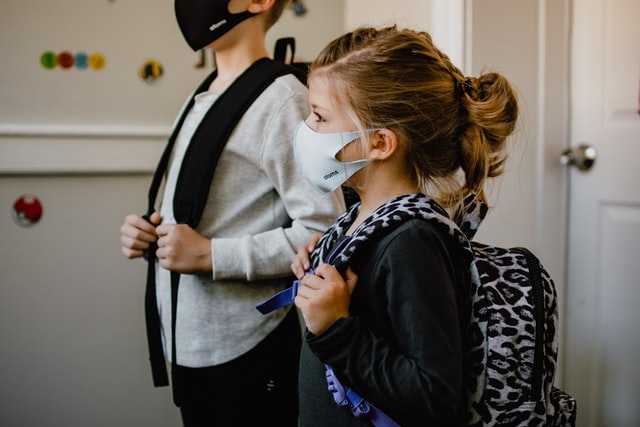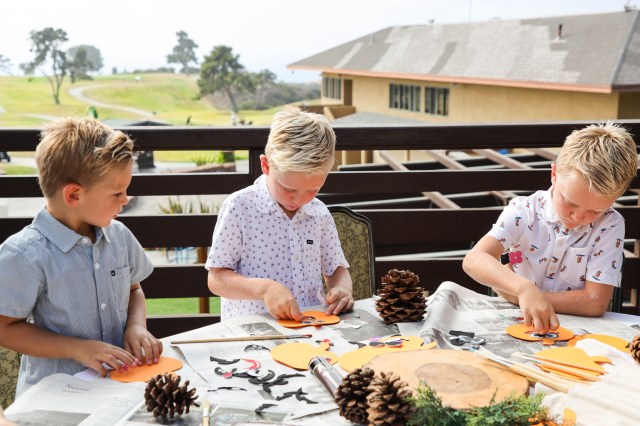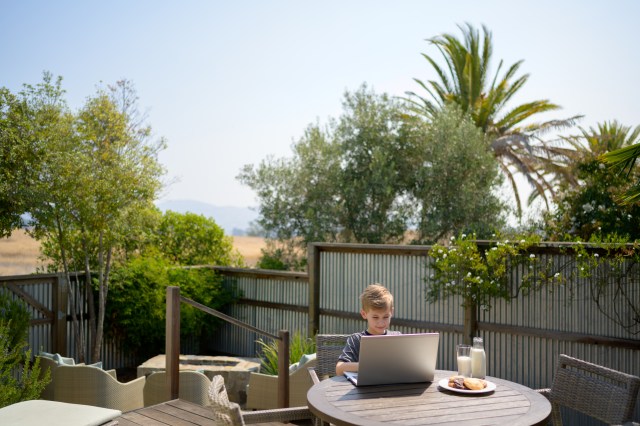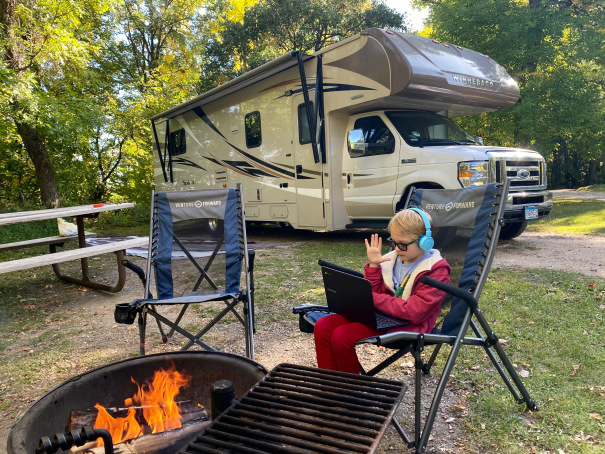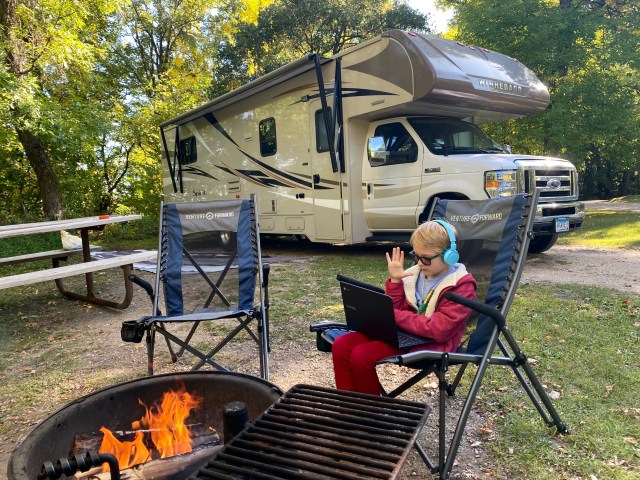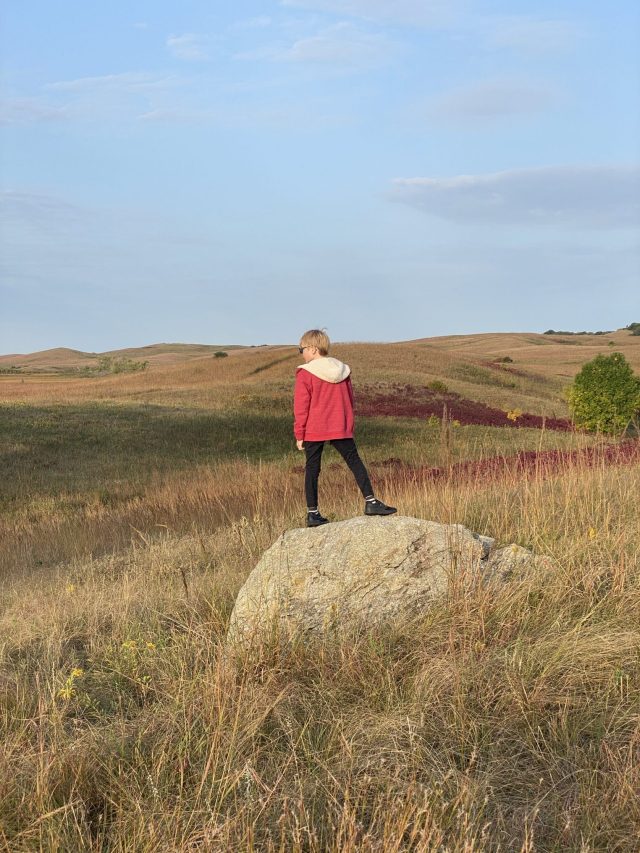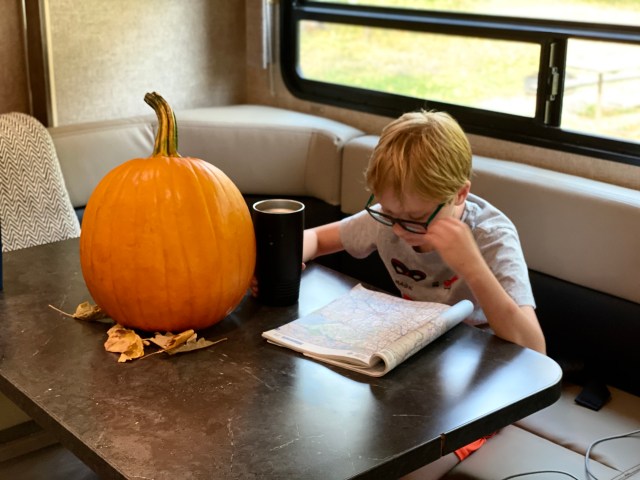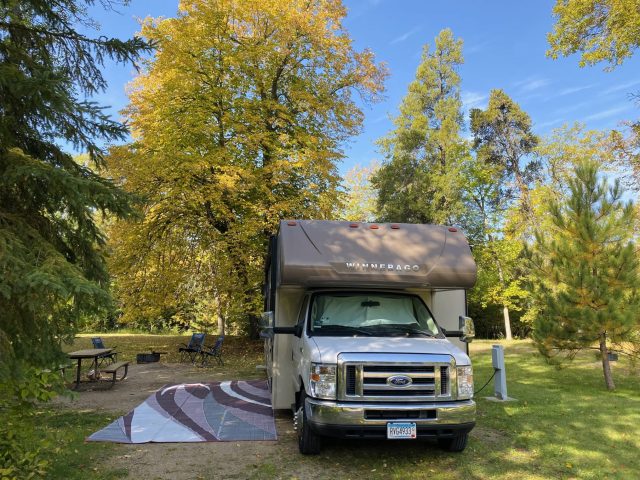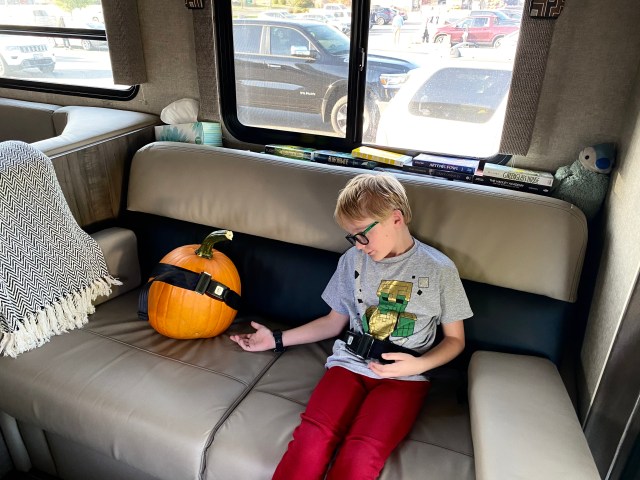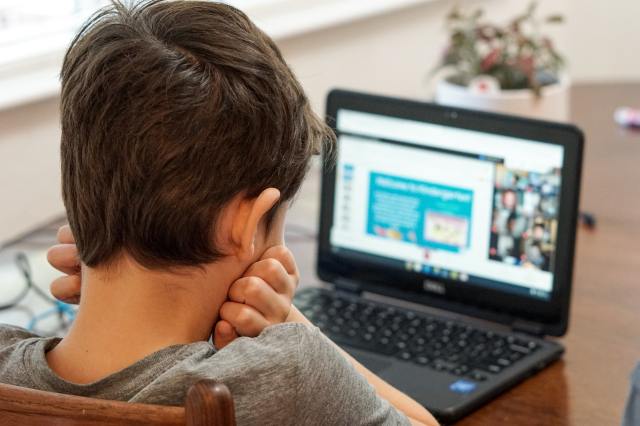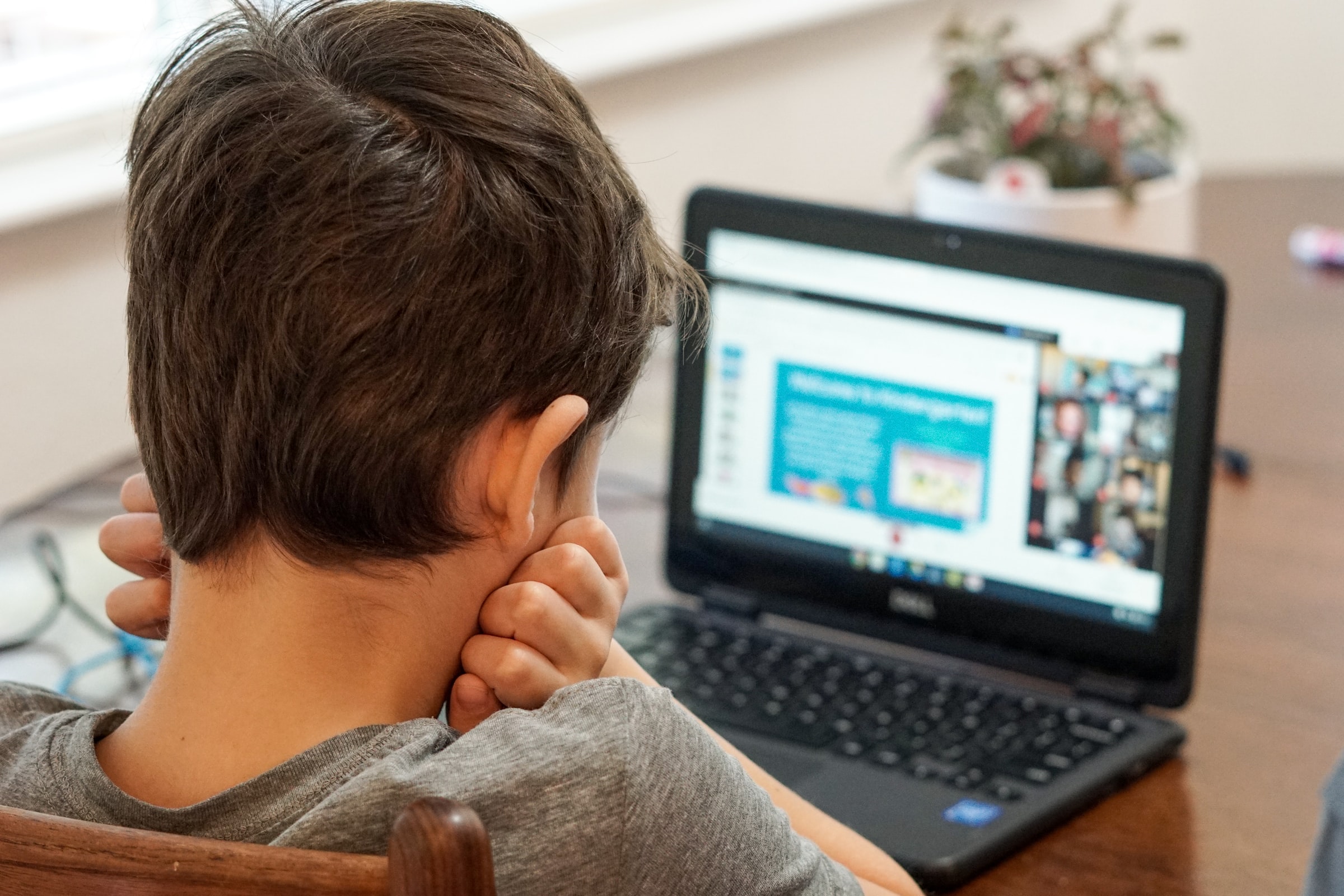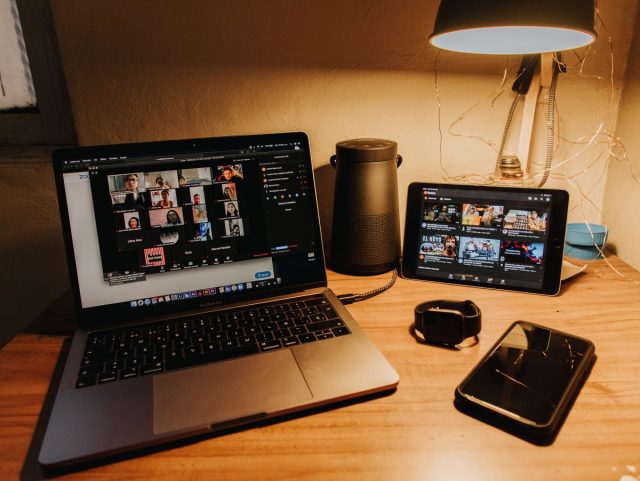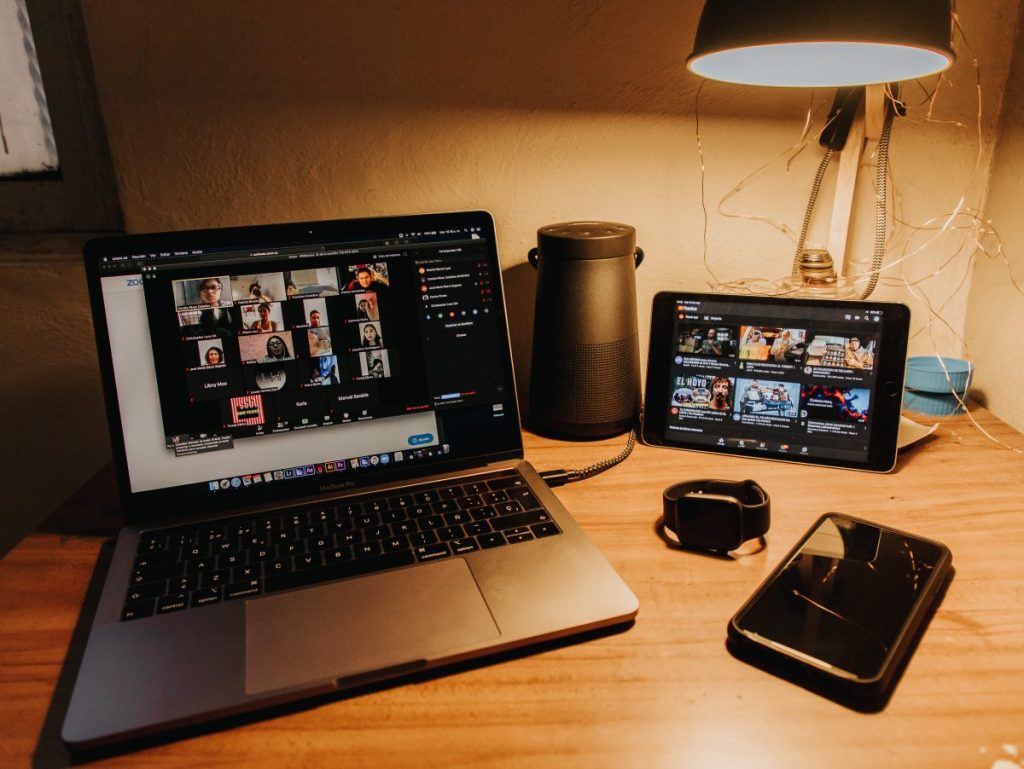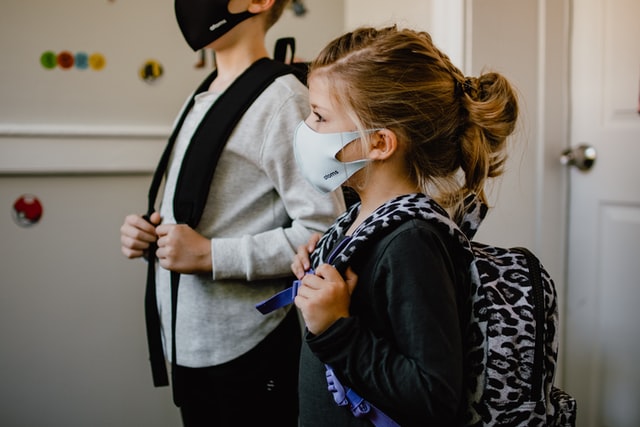
The pandemic has been challenging for everyone. With a sudden stop of everything normal, people young and old have had to adjust to the new normal. One of the most challenging things for parents may have been trying to explain COVID-19 to their children.
It’s a confusing time, and there’s no easy way to tell your kids they can no longer see their friends or family. You’ve had to explain that they have to wear a mask, wash their hands often and sanitize. The new normal really isn’t normal at all. However, to stay safe and healthy, your kids have to adjust to pandemic life.
Once people began to learn more about the virus, companies developed toys, books and other items to help children better understand everything that was going on. Now, there are so many incredible products helping kids adjust to pandemic life.
If you’re still trying to find ways to teach your children about COVID-19 and help them adjust, then take a look at these items.
“COVID-19 Helpers”
Many authors wrote books for children to teach them about the pandemic through a story. Age-appropriate books are a great way to provide information to children about a challenging topic. The book “COVID-19 Helpers” quickly became one of the more popular ones. The story is written by Beth Bacon and illustrated by Kary Lee.
“COVID-19 Helpers” won the grand prize for a contest that invited writers and illustrators to write an eBook. The book had to provide accurate information, and it had to be age-appropriate for kids six to nine years old. Additionally, it had to assure the reader that they would be safe thanks to medical professionals and other workers and that it is okay to feel upset.
The winning book describes what COVID-19 is, how it spreads through populations, and what people are doing to keep everyone safe. Plus, it reminds children that they, too, are part of the fight against the pandemic.
WelloBeez
Another great product to help children get used to pandemic life is WelloBeez. Wearing masks is necessary for mitigating the spread of the coronavirus. It’s a healthy habit, but just like with any other healthy habit, kids aren’t always on board, or they don’t understand why something like wearing a mask is essential for their health.
WelloBeez are plush animals made out of antimicrobial materials that are durable and resist both odors and stains. They maintain their freshness and cleanliness for a while after you wash them. Besides their antimicrobial material, WelloBeez are a great companion for your kids.
One of the types of WelloBeez are Mask Mates. Mask Mates come wearing a mask, and they also provide a child-sized mask for your kid. It makes wearing masks less frightening. Plus, your child will want to match the WelloBeez animal!
“Together: Living Life During COVID-19”
Another excellent book that has helped kids adjust to life during a pandemic is “Together: Living Life During COVID-19.” It was part of the same contest where “COVID-19 Helpers” won. Although this illustrated book didn’t win the prize, it still has been impactful in helping children understand the global outbreak of coronavirus.
The story is from the perspective of a young girl named Olivia. She learns what the coronavirus is and how she can protect others from getting it, like wearing a mask and washing her hands. Olivia also learns why her life seemed to flip upside down overnight.
The book was written by Kevin Poplawski, who is a healthcare provider. He got the inspiration to write this book from the millions of questions asked by his children. It’s a safe space to deal with emotions and helps other children know that everyone is going through the same thing—otherwise known as pandemic life.
My Home Office Set
Almost every business went to remote work once the pandemic hit. People were left at home without office equipment. Maybe you were one of those parents who had to scramble for a desk and a chair! In addition to having to work from home, you’ve had to take care of your children.
Your children were probably wondering why you couldn’t go to work anymore. Through observations, they noticed you taking Zoom calls, wearing a headset, having to work on your laptop and never failed to have a cup of coffee. As you know, kids take after adult actions.
Fisher-Price developed My Home Office set, which includes all of those items! Your child can “work from home” right beside you. This product has allowed children to better understand that you have work to do and can’t always play when you’re home. Through pretend office work, your child can stay busy!
How Have Your Kids Adjusted to Pandemic Life?
You’ve done a great job at helping your children understand what it means to be part of a pandemic. This event will surely make history, and it’s essential to guide your children into healthy and safe practices during this time of their life.
Many other products, like fun face masks and shields and sanitizer dispensers, allow children to build healthy habits that are also enjoyable. Use these products as ways to help your kids further!
